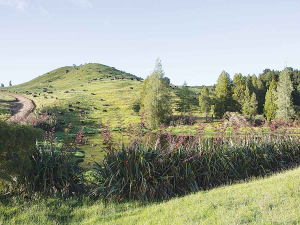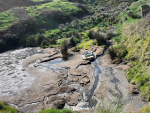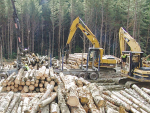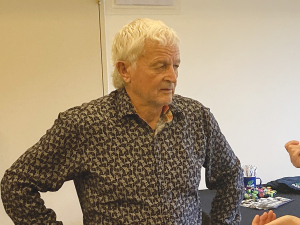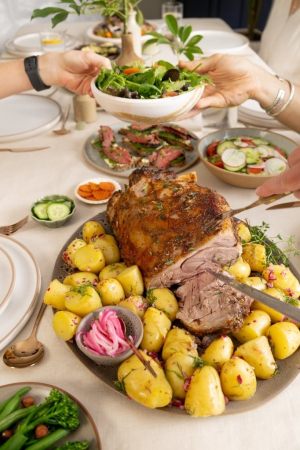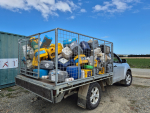Spaces are filling fast for a workshop being held in Te Kūiti in February on integrating trees and forests into the farm business.
The first of the two workshops was held in Karāpiro last November, with some farmers missing out because all spaces filled up fast.
The workshop is proving popular because farmers are seeing huge opportunity for a fresh approach to integrating trees and forests to maintain and support current farm operations, says Waikato Regional Council’s technical sustainable ag advisor Bala Tikkisetty.
He says it can help farmers meet new environmental requirements while generating additional farm income, and there is access to funding support for this approach.
Peter Handford and John-Paul Praat of Groundtruth Ltd are seasoned farm and forestry consultants with a long history of fitting farming, forestry and ecology together in ways that maximise gains on all fronts.
The pair are guest presenters at the workshop being held on Wednesday 17 February from 8.30am to 3pm at Panorama Motor Inn and Conference Centre, 59 Awakino Road.
The workshop will involve a presentation on the relevant regulations and economic factors, followed by participants collaborating on real-life case study farms – working out which areas are best suited to food production, which could deliver good returns in forestry, and how to make sure water quality requirements are met or exceeded in the process.
The funding incentives around carbon sequestration will be explored and clarified as well, leaving participants with a full view of the potential wins to be had by moving proactively into an integrated land management model.
The benefits that can be gained in terms of soil and water protection, income diversification, biodiversity and overall environmental performance will be addressed in the context of working farms. Details covered will range from fencing and access placement, to riparian planting options, to local and national regulations and how to approach funding applications.
“Concerns over increasing environmental compliance costs are top of the list in farm discussions. At the same time there is growing apprehension as forestry seems to be rolling across the farm landscape and displacing farm communities,” says Tikkisetty.
“What is missed in this discussion is that farms and forestry are not mutually exclusive.
“This is an opportunity for farmers and environmentally concerned people alike to grab the bull by the horns and focus on the positive options in a field that can be polarised,” he says.
“There are resources and incentives available, and this workshop is an opportunity to find out how to make them work for you.”
Places are limited to 25 people and registration is required.

